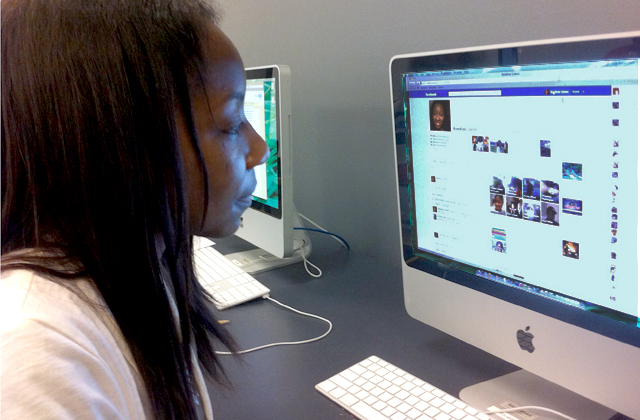To respond to the Do Now, you can comment below or tweet your response. Be sure to begin your tweet with @KQEDEdspace and end it with #KQEDDoNow
For more info on how to use Twitter, click here.
Do Now
We have all met bullies face to face – but what about online? Do you feel safe online? And how can you protect yourself from online bullies?
Introduction
More than half of American teens are concerned about online safety and know someone their age who has been by cyberbullied. Nearly a third have been targets themselves.
The issue is in the national spotlight as Rutgers University student, Dharun Ravi, is convicted of a “bias crime” for spying on his gay roommate Tyler Clementi (18), using a webcam to record him kissing another man, and then urging fellow students to view the images. Clementi committed suicide by jumping off the George Washington Bridge. Ravi, convicted of “bias intimidation and invasion of privacy,” has now been sentenced to 30 days in jail, far less than the maximum of 10 years.
There are a number of issues here. It has been argued that technology and social networks have increased the incidence of cyberbullying and the exposure of children and teens to harassment, sexual predators and bullies. This concern had led to initiatives such as legislation proposed in California (SB242) to enact privacy policies and practices for social networking sites.
